- Home
- Prelims
- Mains
- Current Affairs
- Study Materials
- Test Series
16th Nov 2021
'SEED MOTHER' HONOURED - TRIBAL FARMER RAHIBAI POPERE RECEIVES PADMA SHRI FOR HER CONTRIBUTION IN AGRICULTURE
Recently Rahibai Popere, from Ahmednagar, Maharashtra received Padma Shri for saving hundreds of landraces at the village level.
What are Landraces?
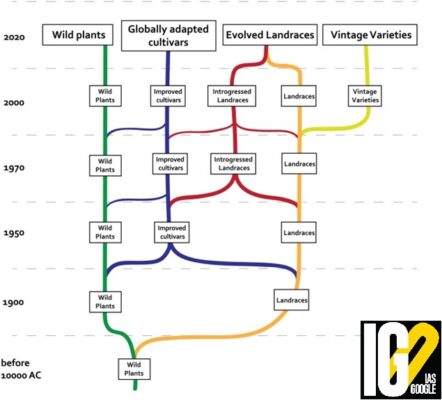
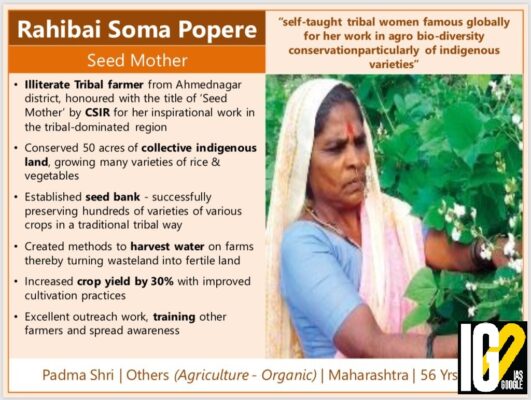

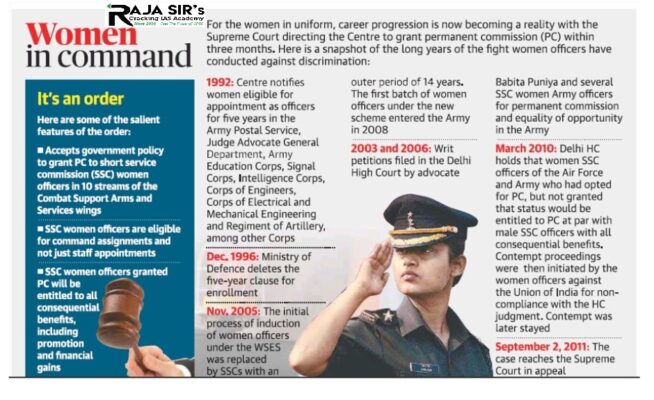
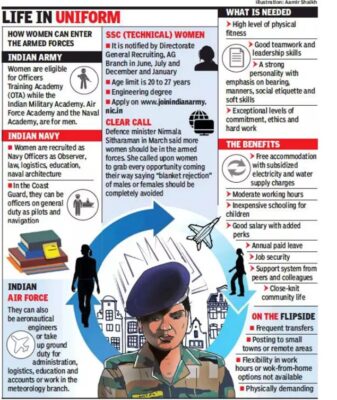 In February 2020, supreme court ruled that:
In February 2020, supreme court ruled that:
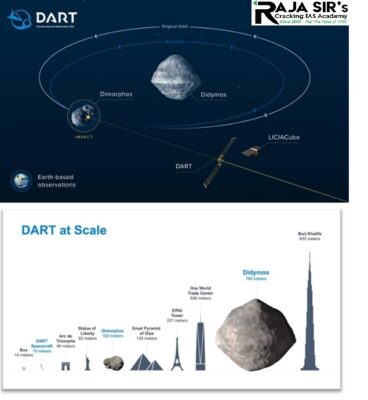
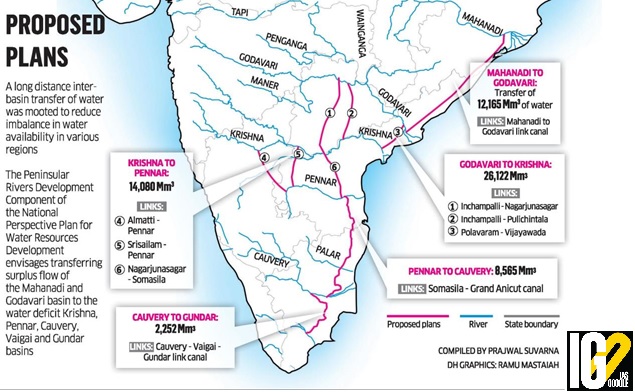
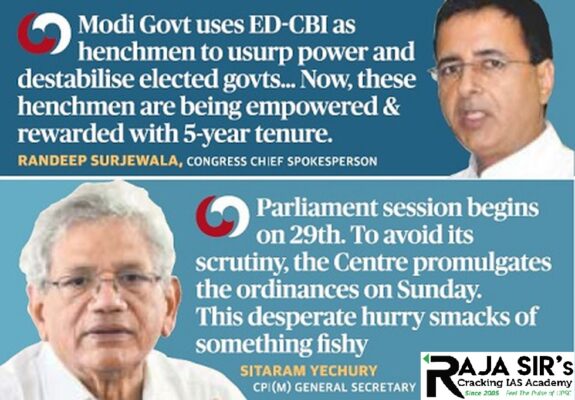


- Landraces are defined as dynamic populations of a cultivated plant with a distinct identity, genetically diverse, locally adapted, and associated with farmers’ practices of seed selection.
- These local ecotypes show variable phenology and low to moderate edible yield but are highly nutritious.
- Ecotype is a distinct form or race of a plant or animal species occupying a particular habitat.
- These are as opposed to commercially grown crops, which are developed by selective breeding (hybrids) to express a certain trait over others.
- With hybrid rice and wheat, selective breeding has allowed to develop varieties that have higher yield or other desirable traits.
- Landraces are genotypes used for crop breeding due to high potential to adapt specific environmental conditions and large source of genetic variability
- They are used as sources of genetic variability in the search for genes for tolerance or resistance to biotic and abiotic factors in agriculture.
- The genetic diversity across landraces is the most important part of maize biodiversity.

- Landraces played a fundamental role in crop improvement and agricultural production.
- They have been subject to genetic modification through abiotic, biotic, and human interactions.
- Earlier, crop landraces were the principal focus for agricultural production.
- Crop improvement through selection and breeding over several decades has narrowed the genetic base of most crops.
- Biodiversity allows a natural mechanism for crops to develop traits to face challenging situations.
- Given the large-scale human interference in crop selection, is lost in most commercially crops.
- Traditional knowledge about how seeds are to be saved, is vanishing.
- Kalbhat, a unique landrace of scented rice had almost vanished from cultivators’ fields as hybrid variants became popular.
- It has better climate resilience than popularly grown rice.
- Bharatiya Agro Industries Foundation (BAIF) has initiated a community-led programme to preserve landraces.
- The project was started in 2008.
- Aim: To identify available germplasm and through community participation, create seed banks.
- It is implemented in 94 villages in Maharashtra and in Uttarakhand and Gujarat.
- The programme has documented 595 accessions of different crops and developed five seed banks for edible crops.
- Generalized, universally embraced, commercial cultivars of homogeneous materials are managed by breeding corporations.
- Cultivars as landraces, include unselected varieties that have continued to evolve on farm, are indorsed from genetically improved varieties with which they have been crossed.

- It is a regional economic forum established in 1989 to leverage the growing interdependence of the Asia-Pacific.
- Aim: To create greater prosperity for the people of the region by promoting balanced, inclusive, sustainable, innovative and secure growth and by accelerating regional economic integration.
- Headquarters: Queenstown, Singapore
- Members: Australia; Brunei Darussalam; Canada; Chile; People's Republic of China; Hong Kong, China; Indonesia; Japan; Republic of Korea; Malaysia; Mexico; New Zealand; Papua New Guinea; Peru; The Philippines; The Russian Federation; Singapore; Chinese Taipei; Thailand; United States of America; Vietnam.
- India is NOT a member of APEC.
- Working and Functions:
- APEC cooperative process is predominantly concerned with trade and economic issues, with members engaging with one another as economic entities.
- It ensures that goods, services, investments, and people move easily across borders.
- Members facilitate this trade through faster customs procedures at borders;
- It deals in aligning regulations and standards across the region.
- Benefits of the Forum:
- APEC works to help all residents of the Asia-Pacific participate in the growing economy.
- APEC projects provide digital skills training for rural communities and help indigenous women export their products abroad.
- APEC members also implement initiatives to increase energy efficiency and promote sustainable management of forest and marine resources.
- The forum adapts to allow members to deal with important new challenges such as disaster resilience, planning for pandemics, and addressing terrorism.
- PNS TUGHRIL is the first of four frigates of Type 054 A/P being built for the Pakistan Navy.
- It is named after “Tugrul the First,” one of the founders of the Seljuk Empire, which governed modern-day Iran, Iraq, Syria, and Turkey.

- A Permanent Commission means a career in the army till retirement.
- It is a compulsorily serve for 20 years (if one has to avail pension), and then up to the age of superannuation.
- An officer who joined with Permanent Commission has no option to switch over to Short Service Commission.
- A Short Service Commission means a career in the Armed forces as a Commissioned Officer for 10 or 14 years.
- After the end of 10 years, one can opt for Permanent Commission or opt-out or have the option of 4 years extension.
- They can resign at any time during this period of 4 yrs extension.
- No entitlement for facilities like Ex-Servicemen Contributory Health Scheme, pension etc.
 In February 2020, supreme court ruled that:
In February 2020, supreme court ruled that:
- Women officers of the Air Force and Army on SSC who had sought permanent commission but were not granted that status, would be entitled to Permanent Commission.
- Women officers who had not reached the age of superannuation for permanently commissioned officers would be reinstated with all consequential benefits.
- Government passed an order for the grant of Permanent Commission to SSC women officers in eight streams of the Army.
- After implementation of the judgement, a woman can rise to the rank of Colonel and above based on merit.
- It has also removed the restriction of women officers only being allowed to serve in staff appointments.
- Women officers will be eligible to tenant all the command appointments which would open avenues for further promotions to higher ranks for them.
- In this exercise, Indian contingent of Gorkha Rifles participated.
- Their contributions were recognized by Battle Honour SHINGO River Valley and Theatre Honour of Jammu & Kashmir.
- Aim: to enhance military cooperation and inter-operability between the two Armies.
- Objective: To focus on Counter Terrorism operations in backdrop of semi-urban terrain under United Nations
- The last edition of Exercise SHAKTI was conducted at Foreign Training Node in Mahajan Field Firing Ranges, Rajasthan
- Exercise GARUDA with Indian Airforce,
- Exercise VARUNA with Indian Navy
- Exercise SHAKTI with Indian Army.

- Launched by: NASA (National Aeronautics and Space Administration)
- Aim: To test the newly developed technology that would allow a spacecraft to crash into an asteroid and change its course.
- Rocket Used for the Mission: SpaceX Falcon 9 rocket
- Target Asteroid: Small moonlet called Dimorphos.
- The target of the spacecraft is an asteroid called Dimorphos. (repeated sentence)
- It is about 160-metre in diameter and the spacecraft is expected to collide when it is 11 million kilometres away from Earth.
- Dimorphos orbits a larger asteroid named Didymos, which has a diameter of 780 metres.
- The asteroid and the moonlet do not pose any threat to Earth.
- The spacecraft will navigate to the moonlet and intentionally collide with it at a speed of about 6.6 kilometres per second or 24,000 kilometres per hour.
- The collision is expected to take place between September 26 and October 1, 2022.
- In this mission, the spacecraft will be destroyed.
- The timing for the DART impact is when the Didymos system is closest to the Earth. So the telescopes can make the most precise measurement possible.
- NEXT- C: It will utilize NASA Evolutionary Xenon Thruster – Commercial (NEXT-C) solar electric propulsion system as its primary in-space propulsion system.
- Didymos Reconnaissance and Asteroid Camera for Optical Navigation (DRACO): It is a high-resolution imager to study the impact site and surface of Dimorphos.
- LICIACube (Light Italian CubeSat for Imaging of Asteroids): it is a small satellite or CubeSat named to capture images of the impact and the impact crater formed as a result of the collision.

- Tamil Nadu has been going ahead with the Cauvery-Vaigai-Gundar link project, though the shares of co-basin states have not been decided which is inadmissible in law.
- Karnataka Government stated
- Neither Telangana nor the Apex Council has a right to take up Lift Irrigation Projects, to draw large quantity of surplus water from the foreshore of Srisailam reservoir on the Krishna River.
- The project envisages the diversion of 247 thousand million cubic feet of unutilized water in the Indravati sub-basin of the Godavari basin to meet the requirements between the Godavari and the Cauvery rivers.
- Water will be diverted from Godavari River to Nagarjuna Sagar dam (through lifting) and further south to meet the demands of Krishna, Pennar and Cauvery basins.
- The link comprises three components namely
- The Godavari(Inchampalli/Janampet) – Krishna (Nagarjunasagar)
- The Krishna(Nagarjunasagar) – Pennar (Somasila)
- The Pennar(Somasila)–Cauvery.
- It will provide irrigation facilities to 3.45 to 5.04 lakh hectares in Nellore, Krishna, Guntur, and Chittoor districts of Andhra Pradesh.
- The backwaters will be carried through Krishna and Pennar using steel pipes instead of developing canals route.
- The wastage of water from canals through vaporisation could be prevented and overall cost will be reduced.
- Telangana has constructed of Rajiv Gandhi Sangama Banda barrage.
- Karnataka opposed the project
- If remaining water is allowed to be utilized by the downstream states it will affect its claims for an equitable share in 2050.
- It has urged for removal of interstate difference in renewable energy tariff for creating level playing field.
- The interlinking of river project aims to connect Indian rivers through reservoirs and canals.
- It is managed under the National Water Development Authority of India (NWDA), Ministry of Water Resources.
- This project is divided into three parts:
- North Himalayan River link constituents
- Southern Peninsular Component starting from 2005
- Interstate interlinking of rivers.
- Solve the problem of drought and flood
- Support Hydropower Development
- Support water Supply for Drinking and Industry
- Allows navigation for inland water transport
- Does dry Weather Flow Augmentation
- Large scale afforestation
- Employment opportunities for landless farmers in rural area.
- Opposition to Interlink: Several NGOs are strongly against the inter-link as this project can result in in environmental degradation, loss of aquatic eco-system and possible change in the climate etc.
- Change in Constitution: Water is a state subject. Implementation of the project will need constitutional amendment. Most of the donor states, even though surplus, will be reluctant to share with its resources free of cost with other states.
- Resistance of People in the East and North-East: Most of the surplus water lies in the east and North-East states where people are economically backward mainly due to lack of investment.
- People may resist inter- basin transfer of their water resources free of cost to the beneficiary states unless the Govt. of India bring their economic condition at par with other developed states of the country.
- Poor Performance of Many Exiting Projects: Due to the utter mismanagements in several water sector schemes, it will be very difficult to earn people’s confidence and convince the people for implementing a massive programme like national water grid.

- The President of India recently promulgated two Ordinances.
- The Central Vigilance Commission (Amendment) Ordinance, 2021
- The Delhi Special Police Establishment (Amendment) Ordinance, 2021
- Objective: to extend the tenures of the Director, Enforcement Directorate (ED) and the Director, Central Bureau of Investigation (CBI), up to five years.
- Earlier it was two years’ tenure.
- As per the ordinance, CBI and the ED director will have a fixed tenure of two years as prescribed in their respective statutes already.
- However, they can be given an extension each year till total of 5 years, given the satisfaction of the appointment authority each year.
- A committee of the Central Vigilance Commissioner (Chairperson), the Home Secretary, the Secretary (Personnel), and the Secretary (Revenue) is responsible for the appointment of Enforcement Directorate (ED).
- He is appointed on the recommendation of the Prime Minister as Chairperson, the Leader of Opposition in the Lok Sabha and the Chief Justice of India or Judge of the Supreme Court (SC)
- Tenure: Section 4B of the Delhi Special Police Establishment Act, 1946 (DSPE Act) concerns the tenure of the CBI Director.
- Section 4B (2) puts a bar on the transfer of the CBI director without the previous consent of the committee that is responsible for his appointment.
- The Directors conduct the prosecution of cases under the Lokpal and Lokayuktas Act, 2013.

- It is a contagious disease originally called the Norwalk virus.
- First outbreak reported in Ohio.
- Commonly known as Winter Vomiting Bug.
- They are group of viruses that cause gastroenteritis.
- It is a leading cause of foodborne disease.
- Diarrhoea
- Vomiting
- Nausea
- Stomach pain
- inflammation of the stomach or intestines
- Having direct contact with an infected person
- Can transmit though contaminated food, water and surfaces.
- Norovirus is resistant to many disinfectants and heat up to 60°C.
- Steaming food or chlorinating water does not kill the virus.
- Currently, there is no specific treatment for norovirus.
- Almost all people recover completely without any long-term problems.









 Latest News
Latest News
 General Studies
General Studies